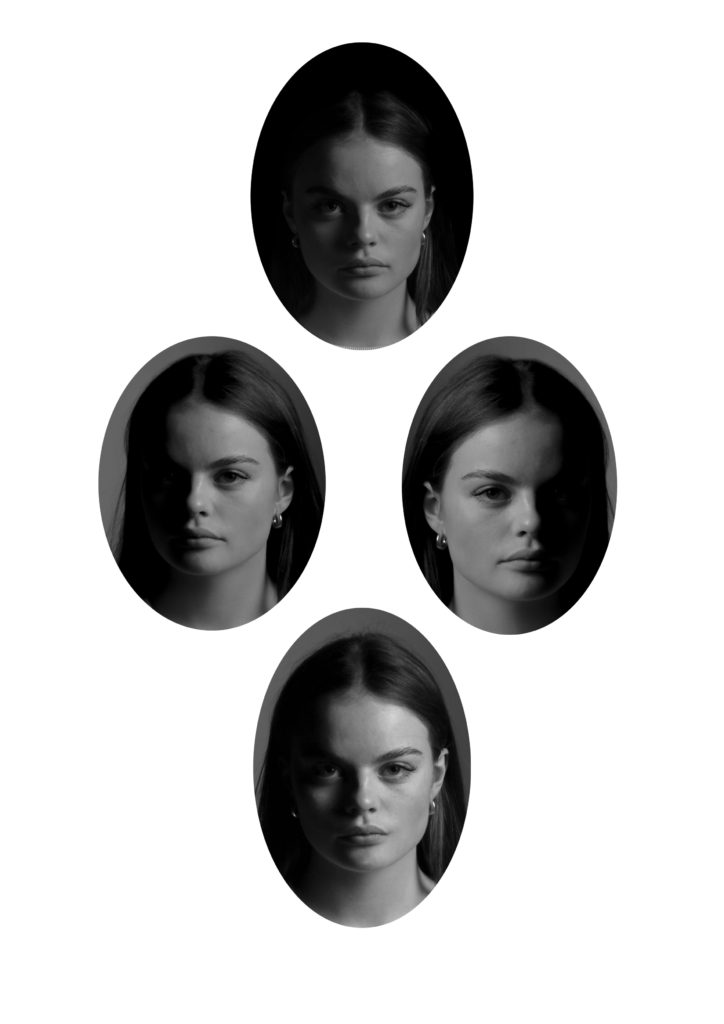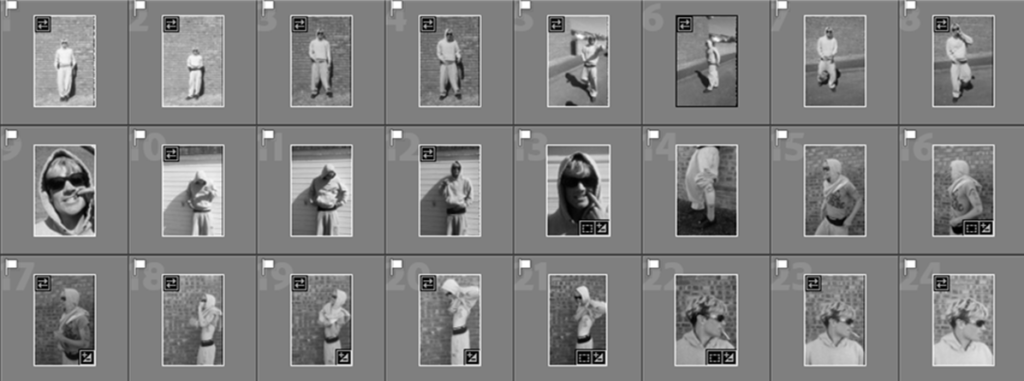
Edits
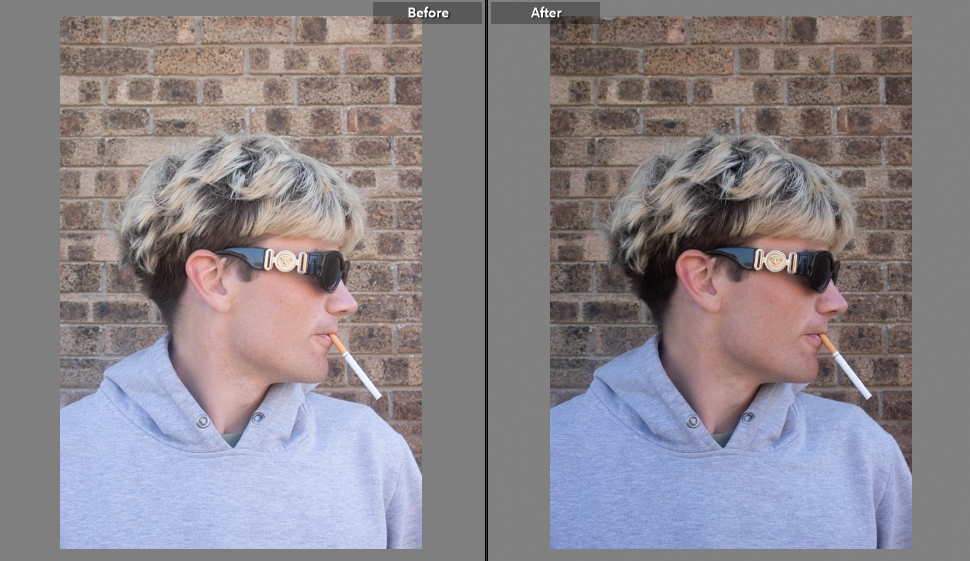
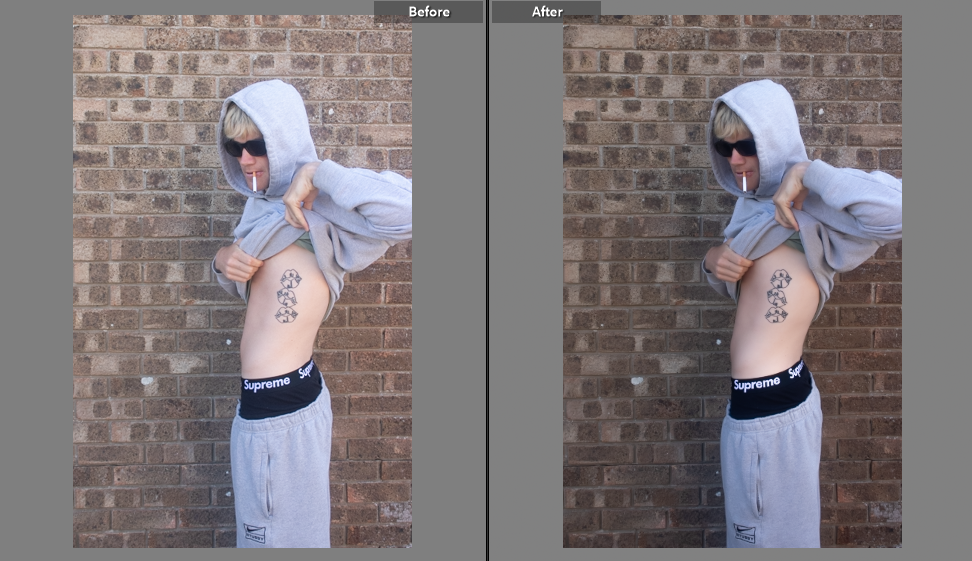
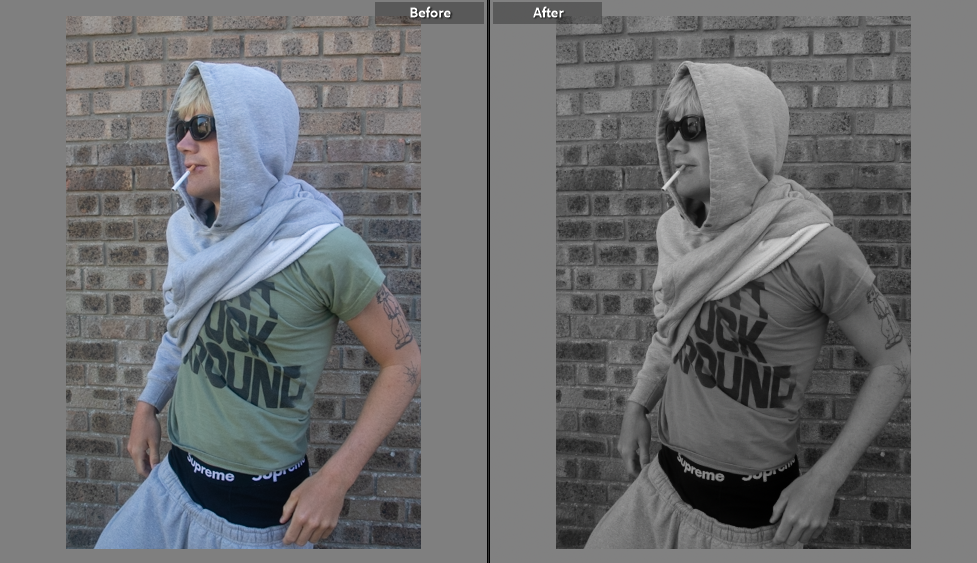
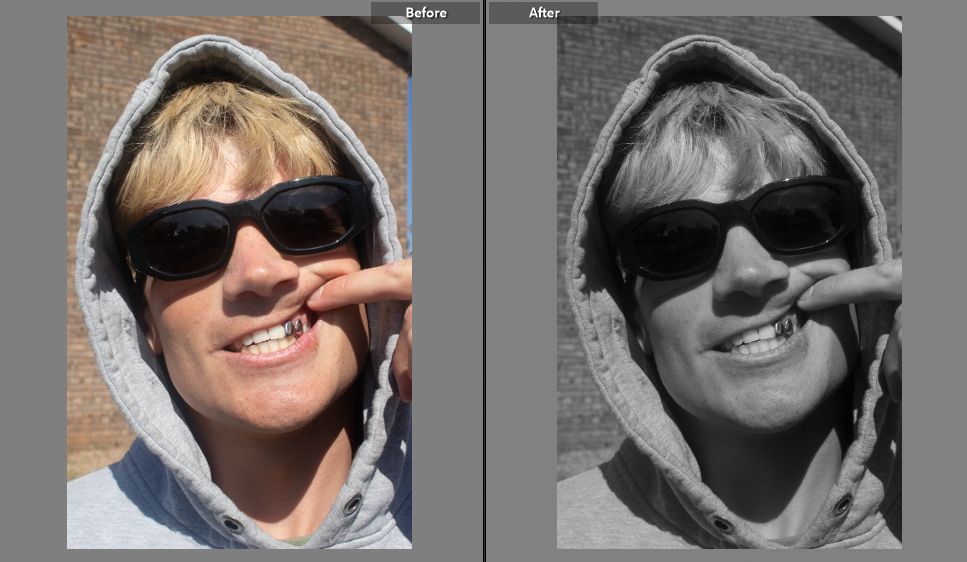

Edits




Who is Claude Cahun?
Claude Cahun was a French artist, writer, and activist who lived from 1894 to 1954. Born Lucy Schwob, they were raised in a wealthy Jewish family in Nantes, France. Cahun and their partner, Marcel Moore (born Suzanne Malherbe), were known for their surrealist photography, which often explored gender identity and sexuality.
Cahun and Moore began their artistic collaboration in the 1920s and continued until Cahun’s death in 1954. Together, they created a body of work that was ahead of its time, exploring themes of gender, identity, and power. Their photographs often featured Cahun dressed in gender-bending costumes, such as a suit and tie or a dress and heels. They would often use props and backdrops to create surreal and dreamlike images.
Cahun was also a writer and published several books of poetry and essays. Their writing often explored themes of identity and the self, and they were known for their feminist and anti-fascist activism. During World War II, Cahun and Moore were active in the French Resistance, distributing anti-Nazi propaganda and helping to smuggle Jewish children out of the country. They were eventually caught by the Gestapo and sentenced to death, but were saved when the Allies liberated the island of Jersey, where they were being held.
Relation to Gender/Idenity
Claude Cahun’s work was deeply concerned with issues of gender and identity. They used their art to explore the fluidity of gender and the constructed nature of identity. Cahun’s photographs often featured them dressed in gender-bending costumes, such as a suit and tie or a dress and heels, and they would use props and backdrops to create surreal and dreamlike images.
Through their work, Cahun challenged traditional notions of gender and identity, suggesting that these are not fixed but rather are constructed through a complex interplay of social, cultural, and historical factors. Cahun’s writing also explored these themes, and they were known for their feminist and anti-fascist activism. Cahun’s work continues to have relevance today, particularly in the context of ongoing debates around gender and identity. Their photographs and writing offer a powerful critique of the ways in which gender is constructed and can be used to control and oppress individuals. Cahun’s legacy as an artist, writer, and activist continues to inspire people today, particularly those who are interested in exploring issues of gender and identity.
Their Work

A5 Prints
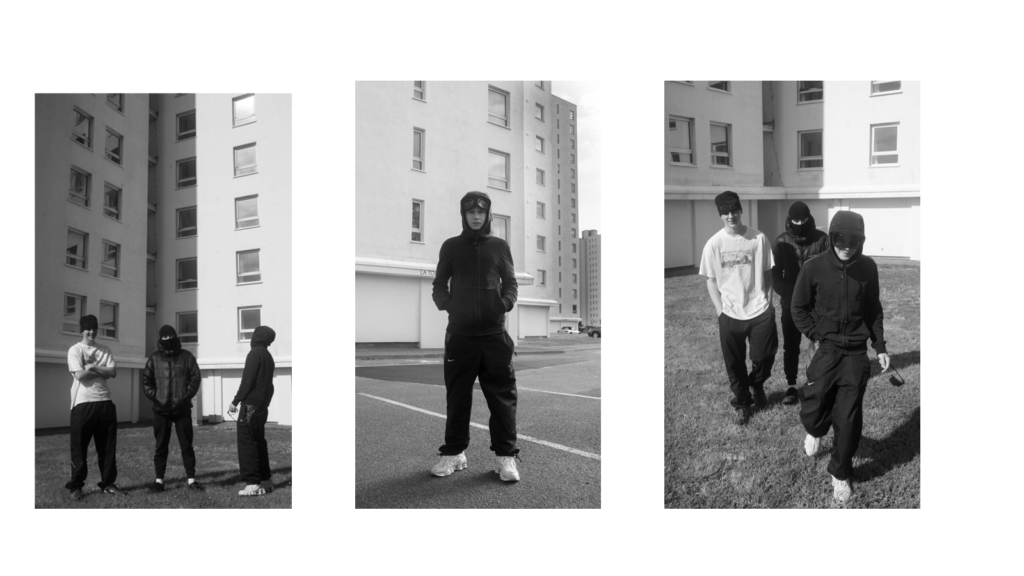
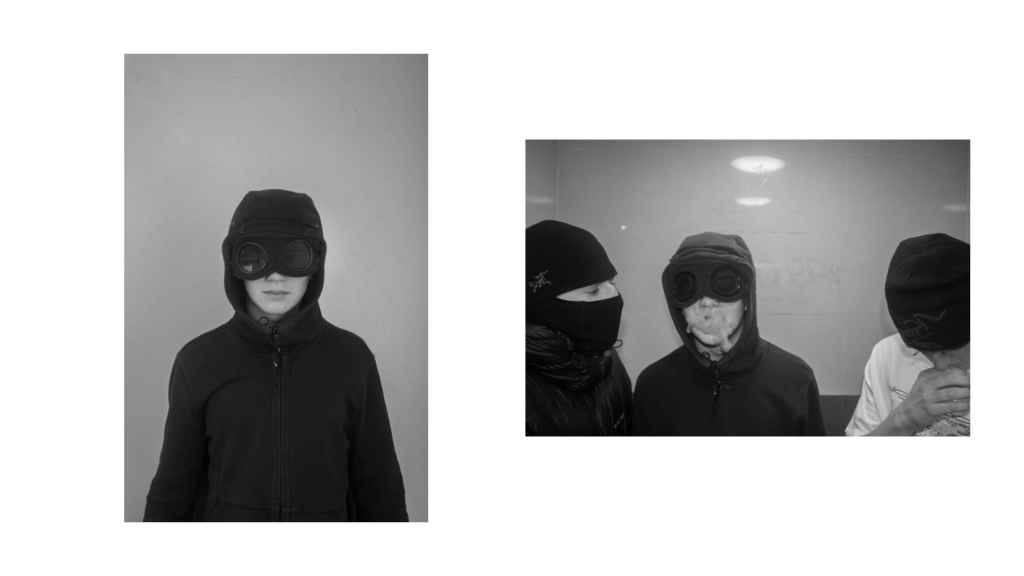
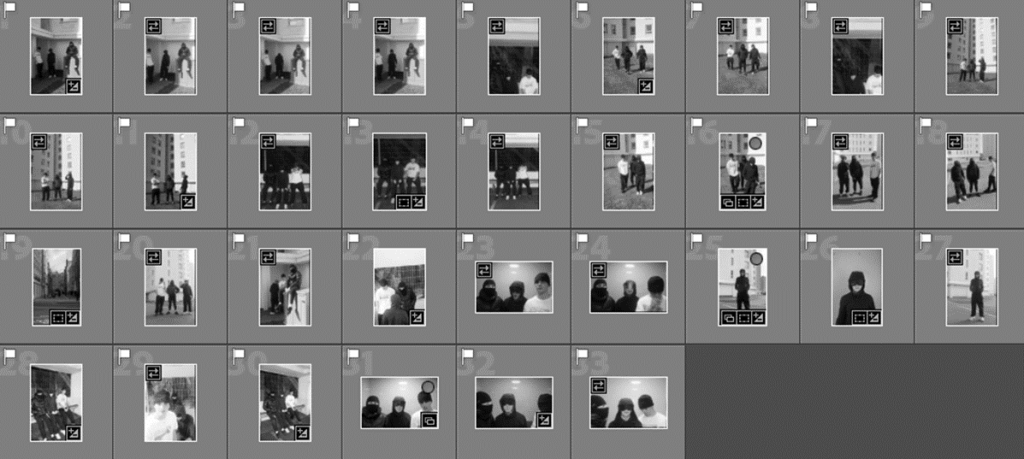
Edits

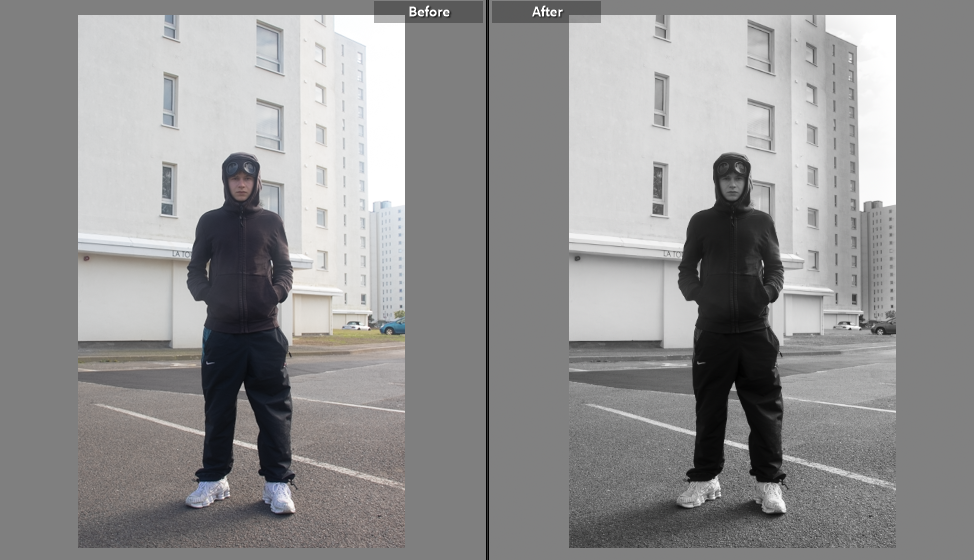
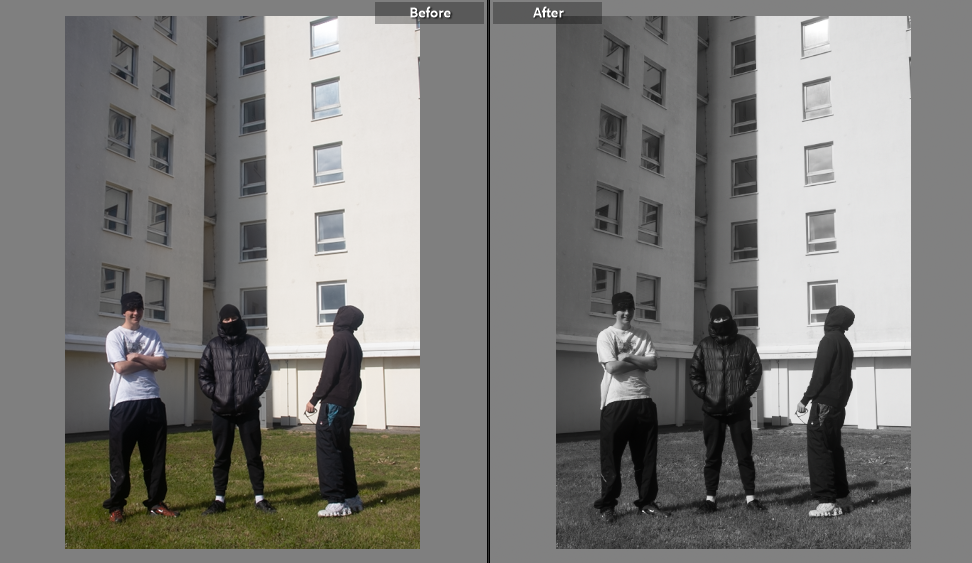
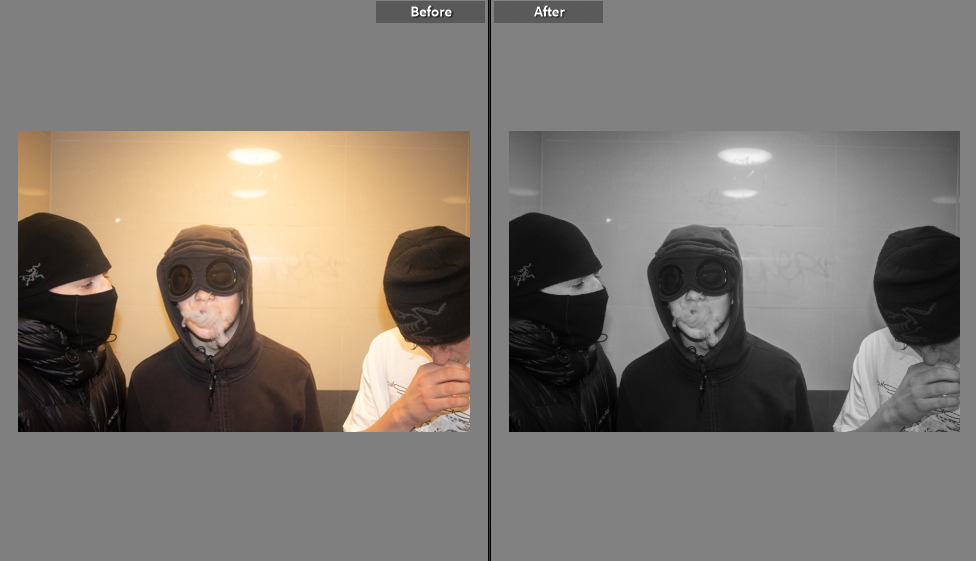
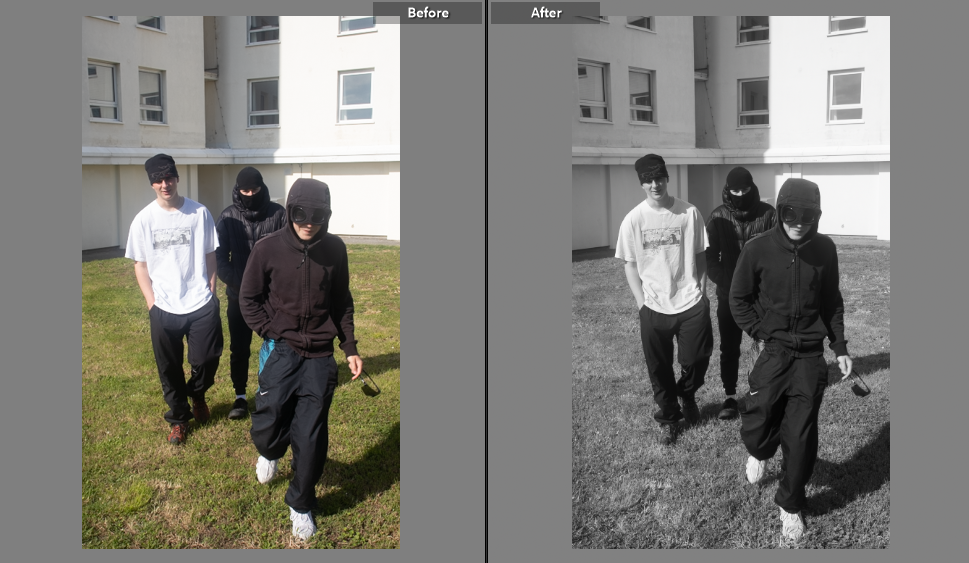
Who is Doug Dubois
Doug DuBois is a photographer and professor at Syracuse University, known for his work that explores family dynamics, community, and the complexities of human relationships. His photographs are striking, often capturing intimate and emotional moments that reveal the depth of human experience.
My Last Day at Seventeen
Dubois has an interest in community and the ways in which people come together to form bonds. His series “My Last Day at Seventeen” is a powerful exploration of youth and community in Cobh, Ireland. The photographs show the lives of young people in a small town, revealing the joys and struggles of adolescence. Through his photographs, Dubois captures the energy and vitality of youth, as well as the challenges that come with growing up. Dubois’s photographs are not just beautiful, they are also thought-provoking. His work raises important questions about family, community, and the human experience. Through his lens, Dubois shows us that life is complex, messy, and beautiful all at once. His photographs are a testament to the power of art to capture the essence of the human spirit.
Examples of his work

Doug Dubois is seen as influential due to his ability to capture the subtleties and complexities of everyday life in his photography. Dubois is known for his intimate and honest portrayals of people and their relationships. His work often explores themes of family, memory, and identity, and he has a talent for capturing the emotions and experiences of his subjects in a way that is both authentic and relatable and I admire this. His unique perspective and approach to photography has earned him critical acclaim and a dedicated following among photography enthusiasts.
Doug Dubois often explores themes of identity, masculinity, and family in his photography. In his series “All the Days and Nights,” he focuses on the relationship between a father and son, examining the complex dynamics of masculinity and power within the family structure. Through his images, he challenges traditional notions of masculinity and explores the emotional and psychological impact of societal expectations on men and boys.
I can respond to Doug Dubois’ images by using them as inspiration to create my own images. Trying to capture the same emotions and themes that he explores in my own unique way.

Simon Wheatley

Who is Simon Wheatley
Simon Wheatley is a British photographer who has made a name for himself in the grime music scene. He is known for his candid and intimate portraits often of male grime artists, which capture the raw energy and emotion of the genre. Through his work, Wheatley has helped to document and celebrate the vibrant culture of grime, which has become a defining feature of contemporary British music.
How does the work relate to both exam theme(s) and your ideas?
Grime music has been known to challenge traditional gender roles and stereotypes, and has provided a platform for artists to explore issues related to masculinity and identity. Through his work in the grime music scene, Wheatley has helped to document and celebrate this aspect of the genre, which has become a defining feature of contemporary British music.
Examples of his work

Why have you chosen the artist?
I have chosen this artist reference to base my images off as he is seen to be influential. Wheatley is influential due to his unique perspective on the grime music scene. His photographs capture the spirit and energy of the genre, and provide an intimate look into the lives of grime artists. Wheatley’s work has helped to document and celebrate the culture of grime, which has become a defining feature of contemporary British music. His photographs have been exhibited in galleries and museums around the world, and havebeen published in numerous books and magazines.
What is the meaning/ concept/ context of their work?
Simon Wheatley’s work is all about capturing the energy and authenticity of the grime music scene. He’s known for his candid shots of performers and fans, which really capture the raw emotion and excitement of the moment. His work is all about conveying the passion and intensity of the music and the people who love it.
How will you respond creatively?
I could attempt to incorporate some of the elements of Simon Wheatley’s work into my own photography, such as capturing candid shots of people in the moment or experimenting with different lighting and angles to create a more dynamic image. I could also try attending a grime music event, using Simon Wheatley’s work as inspiration for my own shots.
Feminity vs Masculinity
The themes of ‘Feminity and Masculinity’ are a binary opposite – a pair of related terms or concepts that are opposite in meaning.
The views, opinions, and notions of femininity and masculinity are, in my opinion, being questioned and transformed as new generations are born, as individuals are being provided and given more freedom to find who they are and how they prefer to portray themselves. forming diverse conceptions of femininity and masculinity.
Masculinities and femininities refer to the social roles, behaviours, and meanings prescribed for men and women in any society at any time. Such normative gender ideologies must be distinguished from biological ‘sex,’ and must be understood to be plural as there is no single definition for all men and all women.
The degree to which society values assertiveness and achievement is referred to as masculinity. Contrarily, femininity refers to how society values quality-of-life problems like assisting others, forming strong social bonds, and advocating for the underprivileged. In other words, society still acknowledges a divide in values between men and women. In communities that are predominately masculine, this component is typically seen as forbidden.
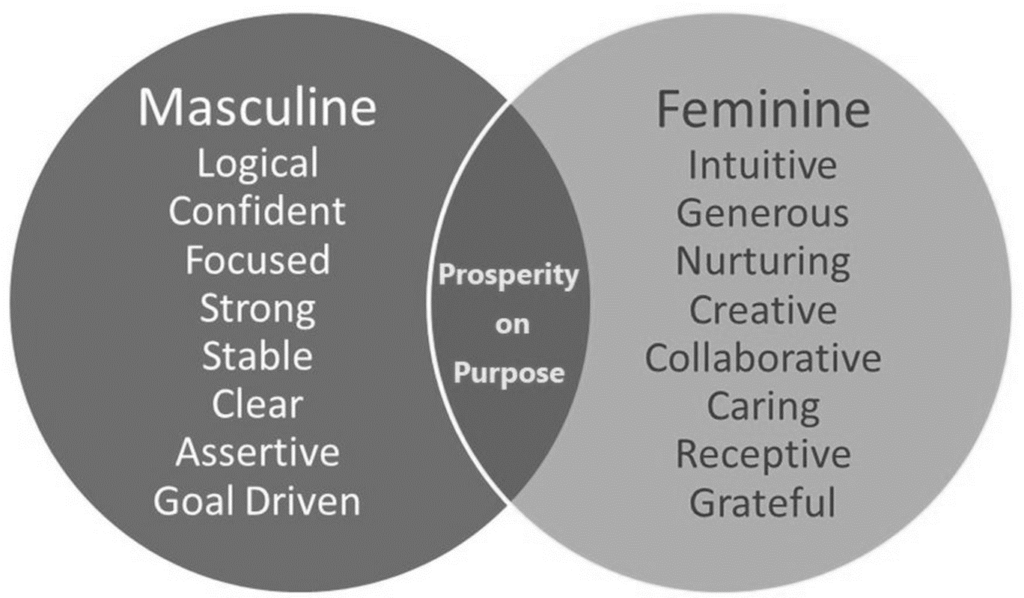
Identity Politics
The term “identity politics” refers to a political strategy in which members of a particular religion, race, social class, or other identifying factor form exclusive socio-political alliances, eschewing coalitional politics in favor of supporting and adhering to political movements that share a similar identifying characteristic. Its goal is to center and promote certain groups’ objectives, projects, and concerns in light of particular social and political changes.
Identity can be influenced by many factors, including one’s environment, upbringing, and sense of belonging. For example, gender identity can be shaped by societal expectations and cultural norms, while cultural identity can be influenced by one’s upbringing and heritage. Social identity can be impacted by the groups and communities one belongs to, while geographical identity can be shaped by one’s connection to a particular place or region. Political identity can be influenced by one’s beliefs and values, while lack of or loss of identity can result from trauma or displacement. Stereotypes and prejudices can also impact how individuals perceive themselves and are perceived by others, which can shape their identity.
The Combahee River Collective, a Black feminist lesbian socialist group active in Boston from 1974 to 1980, coined the phrase in 1977. During the early 1980s, it was widely used, and over the years, depending on the context, it has been used in a variety of situations with drastically varied connotations. It has gained popularity along with the rise of social action, appearing in a number of conversations among the feminist, LGBT, and American civil rights movements, as well as disability organizations, several nationalist, and postcolonial groups, such as the Black Lives Matter movement.
What is Multi Exposure?
A ‘multiple exposure’ is a type of photograph that is created by exposing the same frame of film to light more than once. Multiple exposures allow a photographer to superimpose one subject or scene over another on the same frame of a photograph. Think of the classic ghost photograph, often caused by forgetting to wind on an analogue camera between shots thus creating a ghostly multiple exposure image. Multiple exposures can also be created digitally, although this is done during post processing by overlaying multiple photography over each other. A sports sequence photograph can be seen as being another example of a multiple exposure.
My Responses
Photoshop edit
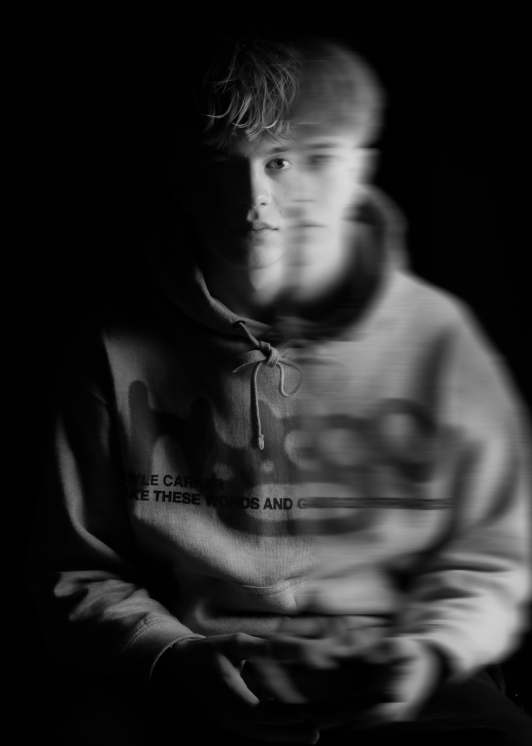
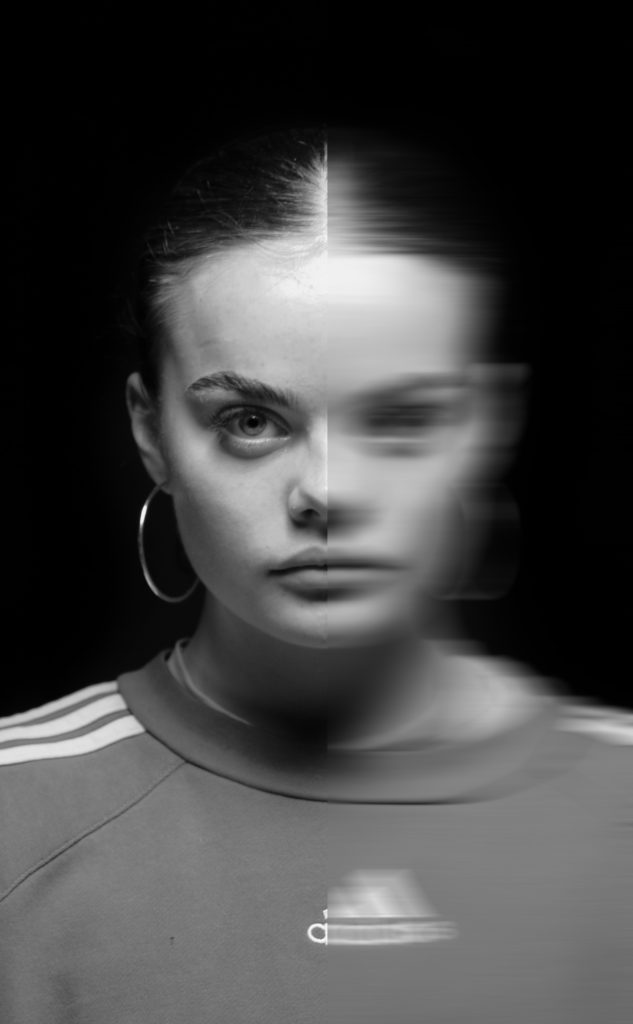
Henry Mullins started working at 230 Regent Street in London in the 1840s and moved to Jersey in July 1848, setting up a studio known as the Royal Saloon, at 7 Royal Square. Initially he was in partnership with a Mr Millward, about whom very little is known. By the following year he was working alone and he continued to work out of the same studio for another 26 years.
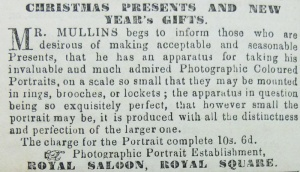
For a brief period in the 1860s he also worked in London, but judging by the collection of his photographs which is now held by La Société Jersiaise, he found plenty of willing sitters in the island prepared to pay half a guinea (promoted as “one half of that in London”) to have their portrait taken by him.
Examples of his work
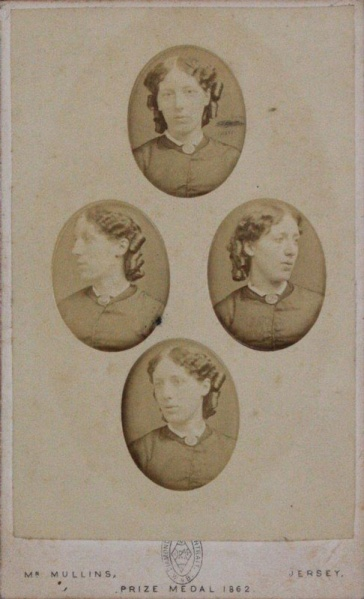

My Response
